This is my final posting of this 4-month odyssey through Latin America. This blog puts all my photos and stories in reverse order with the newest ones at the top. So, if you wish to read the whole adventure in chronological order, just start and the bottom and work your way up, week by week.
I want to thank everyone who has sent emails, posted comments, and encouraged me throughout this journey. I´ve traveled alone for much of these past four months, so I´ve appreciated having your virtual companionship throughout this journey.
I´ve ended my journey in Quito, the capital of Ecuador. This city would be a wonderful place to begin a visit to South America, especially if you´d like to take a cruise through the Galapagos. Flights between here and the US are easy to find, which is why I´m flying back to San Francisco from here at dawn tomorrow.
Another thing that makes Ecuador an easy entry point to South America is that their currency is the US dollar. Yes, the entire country does its business with American bills — ones, fives, tens, and twenties. However, except for the Sakagawea dollar coins, Ecuador mints its own nickles, dimes, quarters and halves with its own leaders stamped on them.
Quito´s location is wonderfully scenic and dramatic. The city sits in the middle of the Andes, surrounded by four snow-capped volcanoes, at least one of which is active. Wikipedia says that Quito is the only capital in the world to be directly menaced by an active volcano.
Although Quito is almost on the equator, the city stays cool and fresh because of its altitude. I took the photo above while hiking in the hills above the city today. “Hills” is an understatement. I was above 4300 meters when I took this photo from the slopes of Volcan Pichincha.
Volcan Pichincha is right in Quito´s back yard. A cable car makes the climb easy by taking you to about 4100 meters. From there, this mountain nature reserve is a perfect place for picnics or serious rock climbing. Pristine alpine meadows 30 minutes away from a city of about 1,300,000 people is pretty special.
It was here on the slopes of Pichincha in May of 1822 that Ecuador´s revolutionary army won its final and decisive victory against the Spanish, thereby winning Ecuador´s independence.
Quito has an old town and a new town. In the old town, there are cathedrals, plazas, fountains, covered walkways, hotels and museums, all with well-preserved colonial architecture dating from the 16th, 17th and 18th century. The new town is a commercial district of banks, travel agencies and pubs. There are parks and green, open spaces throughout the city.
Completed in the 18th century, this gothic basilica is one of the new buildings in Quito´s old town.
Quito´s many churches and cathedrals are a reminder that this is a Catholic country. The interiors of these buildings are extremely ornate. This iglesia is said to have required 7000 pounds of gold leaf to cover the interior surfaces.
Many of the streets in the old town are for pedestrians only. In addition, Quito closes its primary streets to cars and trucks on Sunday, when it becomes a bicyclist´s paradise.
As my final stop in Latin America, Quito has been a delightful surprise. It´s scenic, historic, clean, friendly, relaxing and inexpensive. When you plan your trip to South America, don´t miss this lovely place.
Again, thank you all for reading and participating in this blog. May all your journeys be as adventurous and life-changing — as this one has been for me.




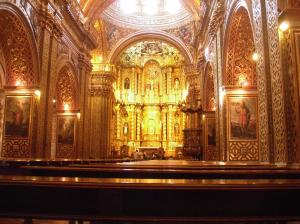

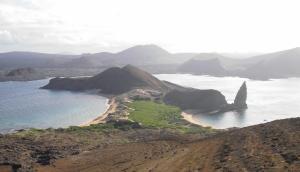



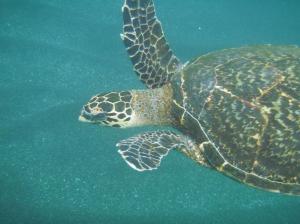

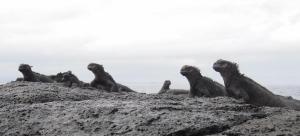



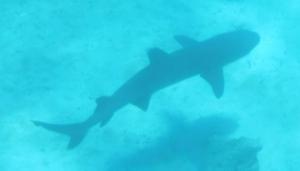
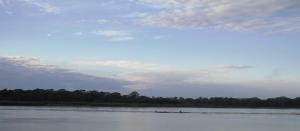
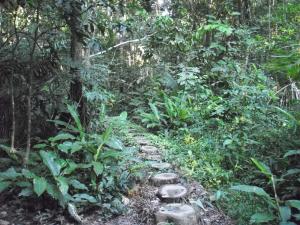



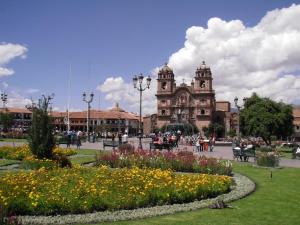


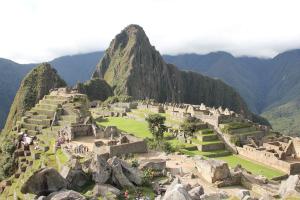

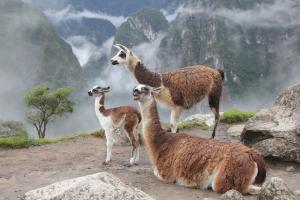



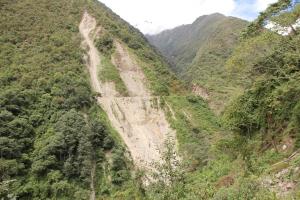
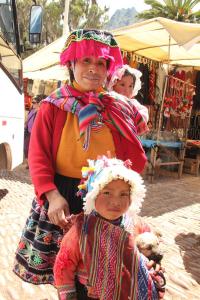


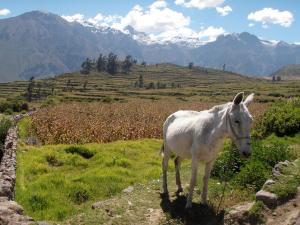
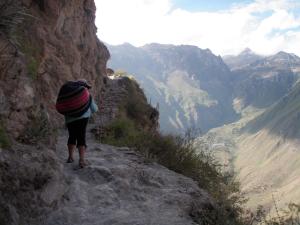


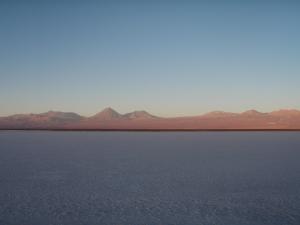

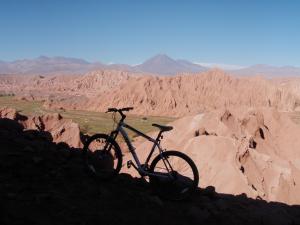
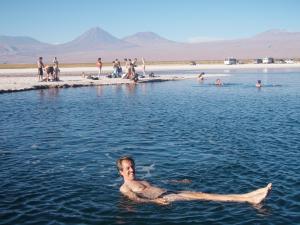

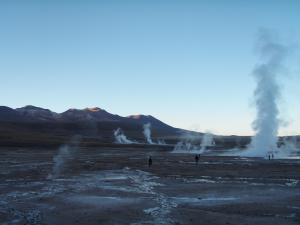


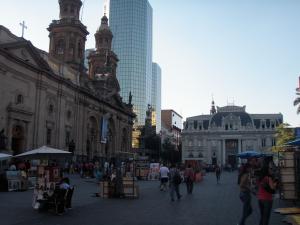







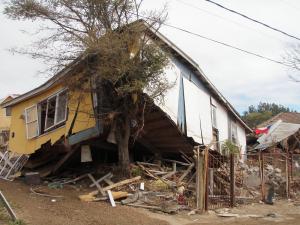
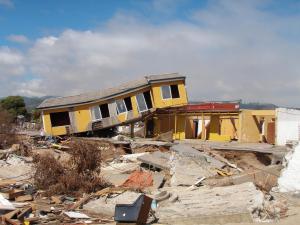

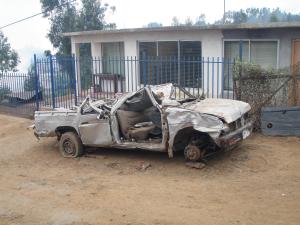
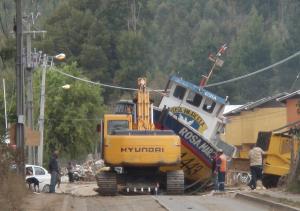
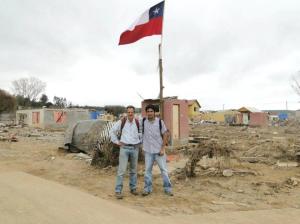









Recent Comments